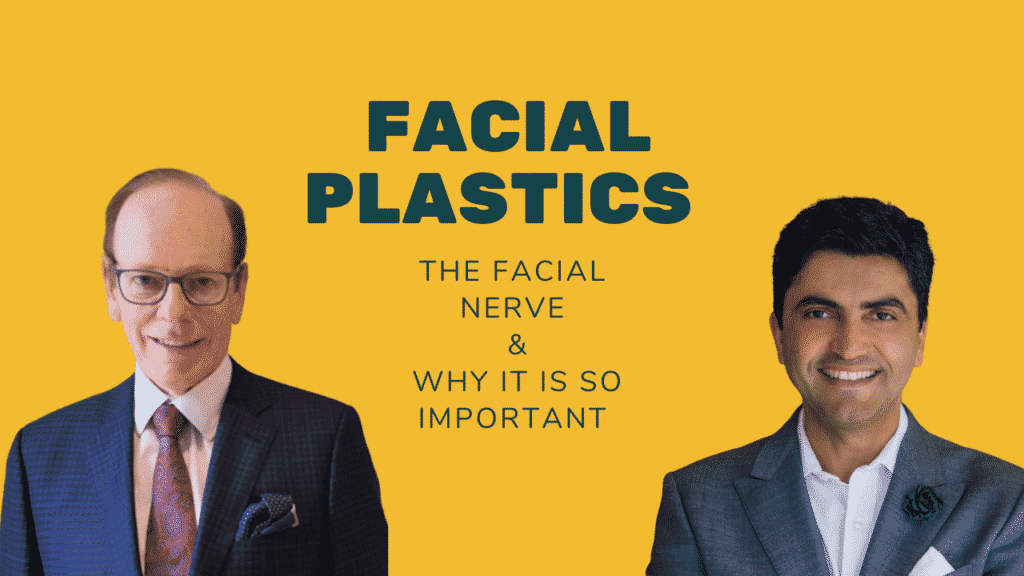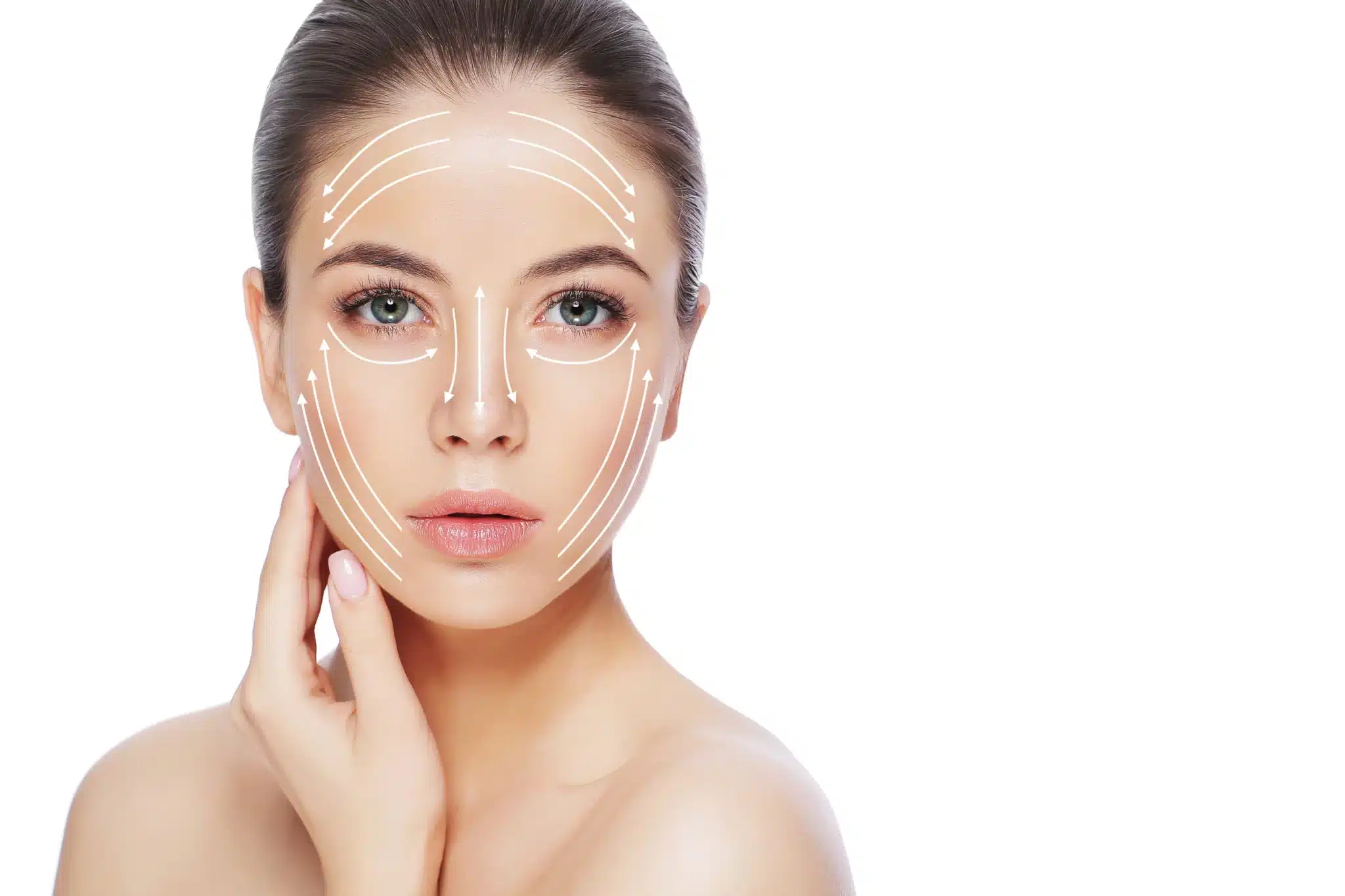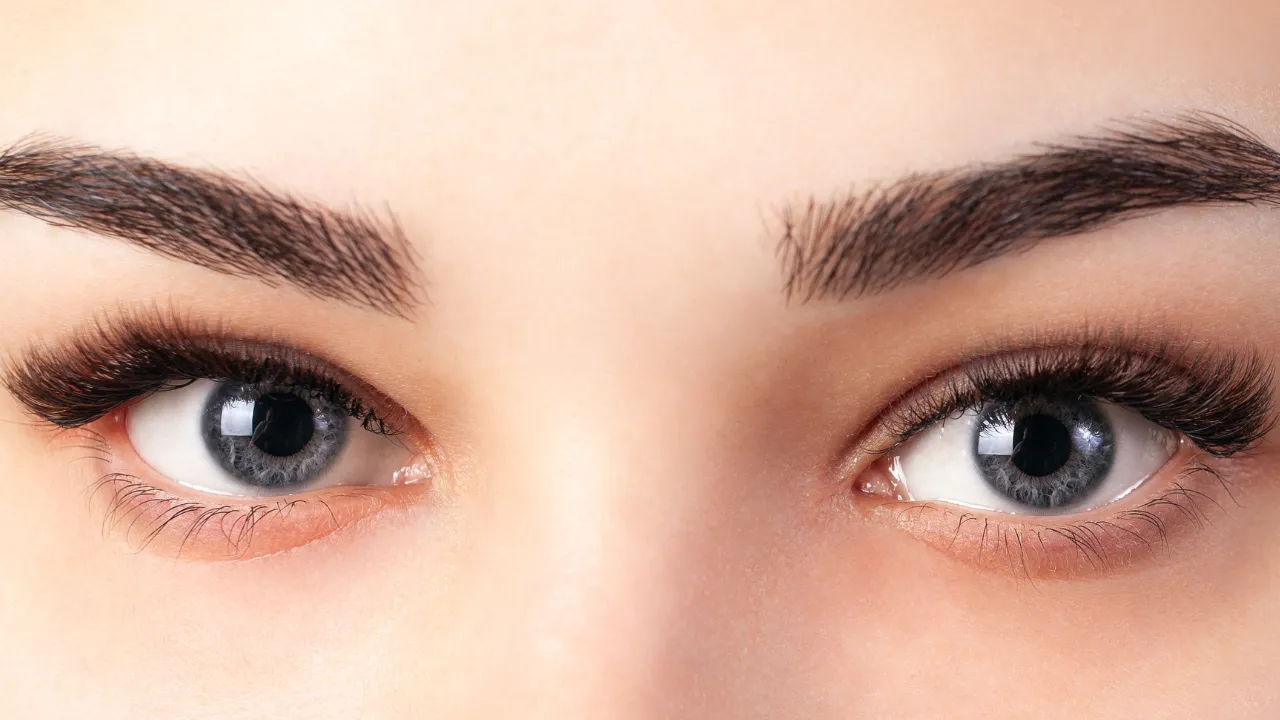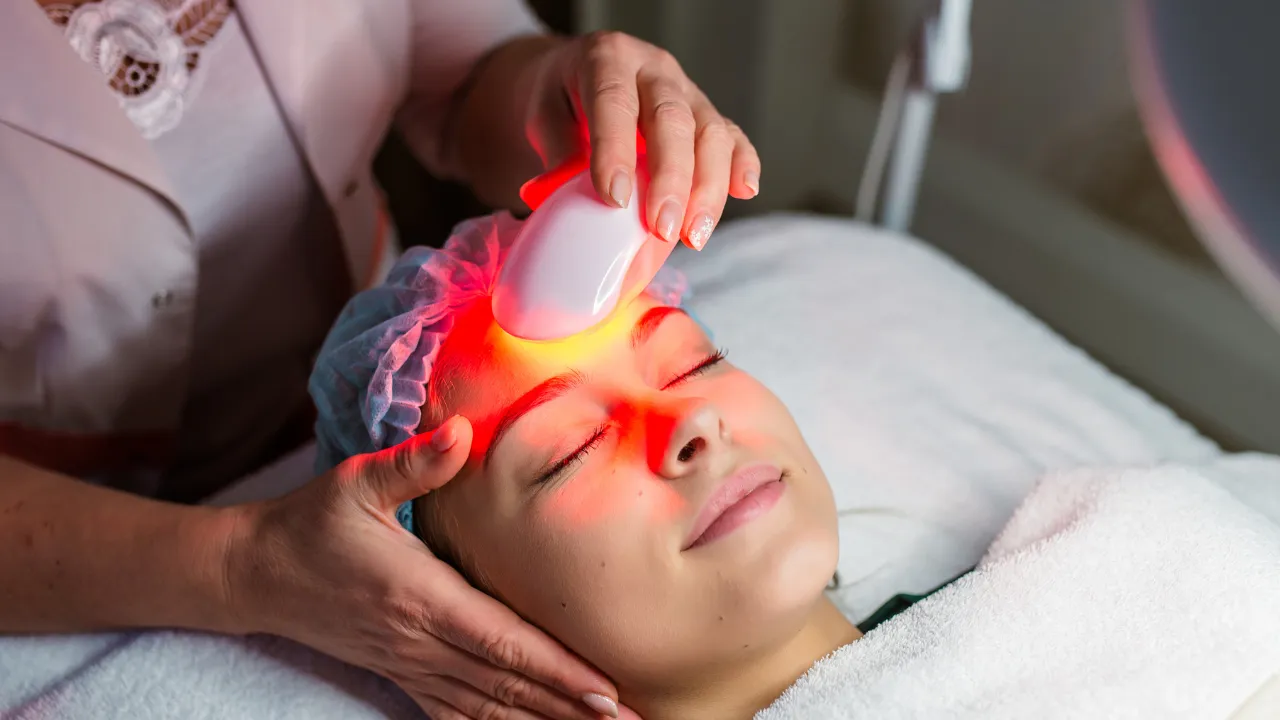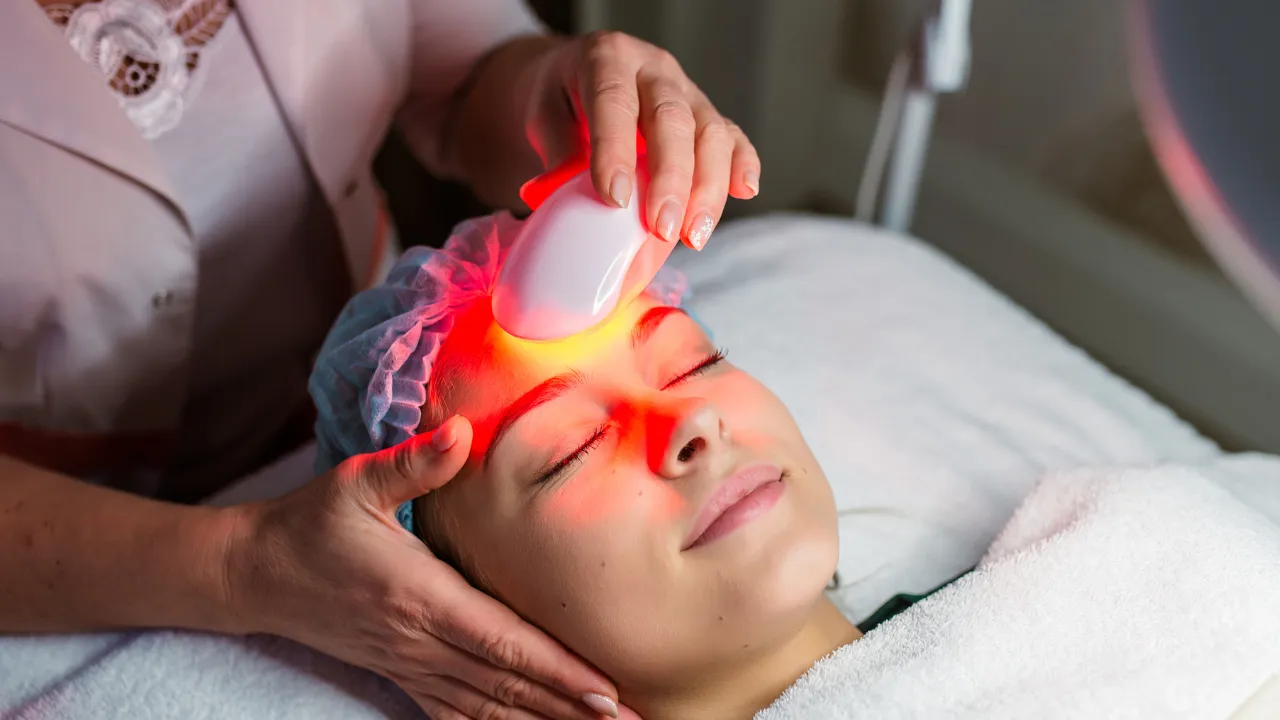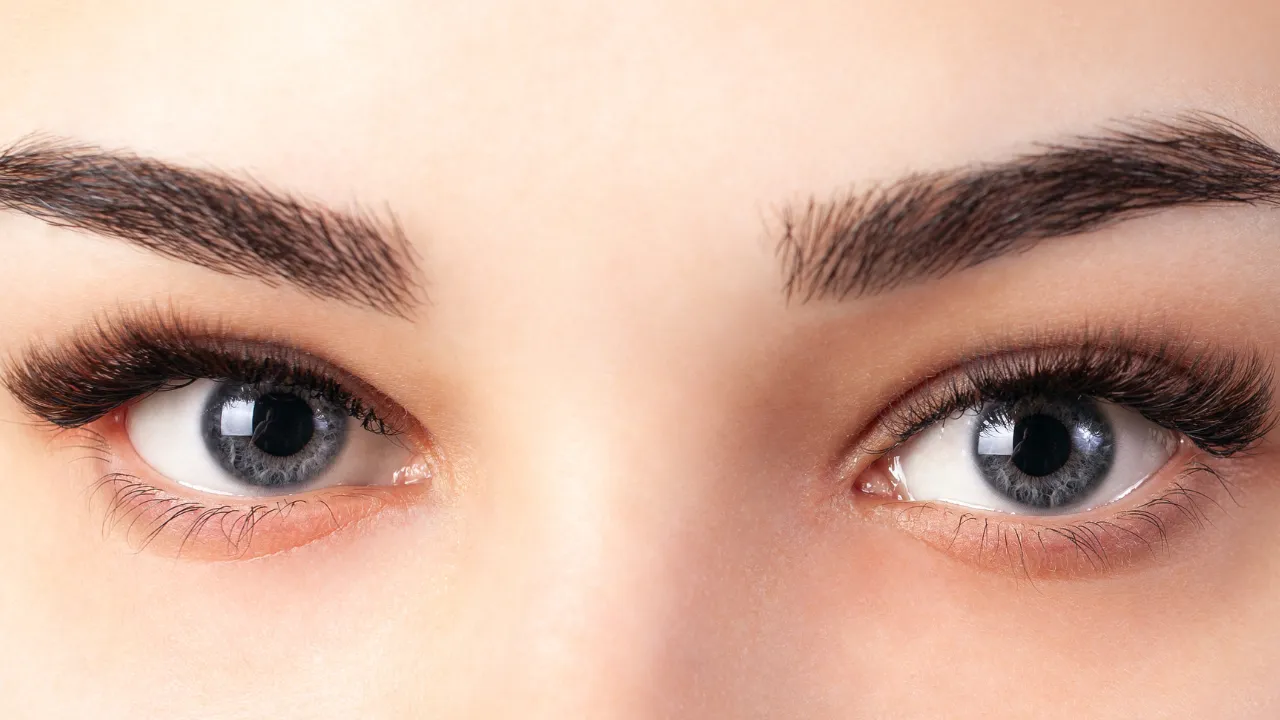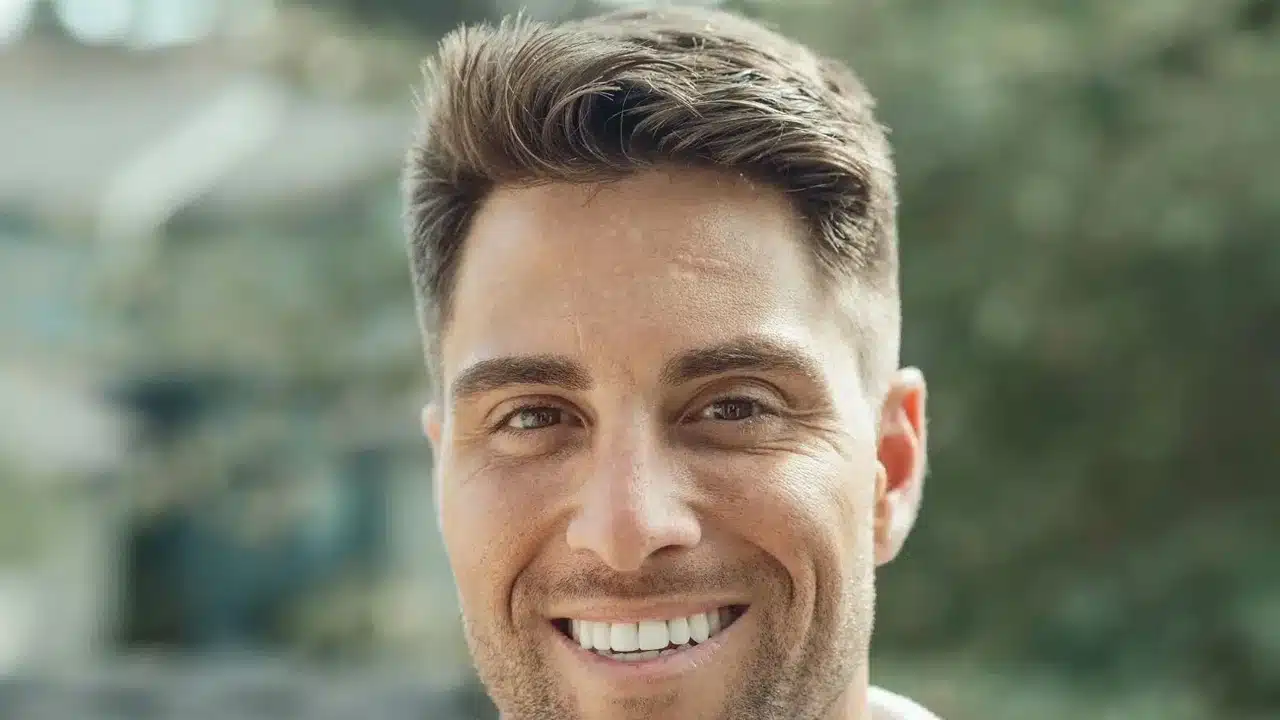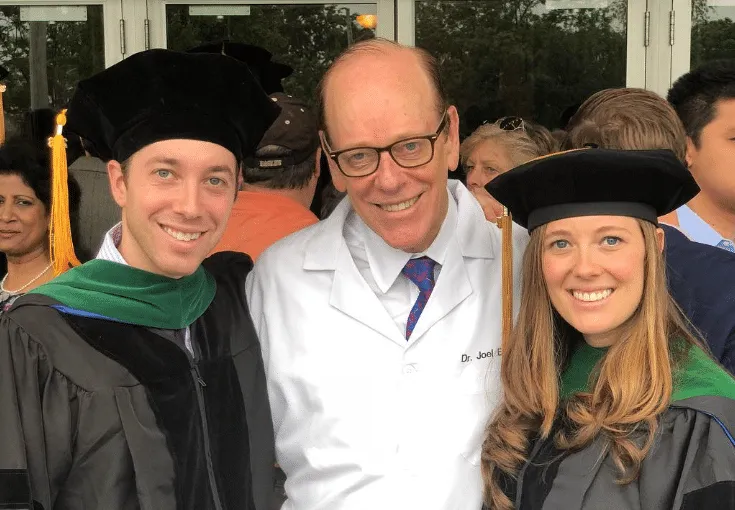Cosmetic facial paralysis surgery is performed to restore the beauty and symmetry of the face for a patient who has suffered from facial weakness or paralysis.
Our face expresses all of the deep and complex emotions felt by us. Whether it is joy, anger, sadness, disgust or any other complex emotion, our face tells it all. It is the facial nerve that helps us communicate all of this alongside performing daily functions like chewing food, smiling, blinking, articulation and much more. Any damage or injury caused to the facial nerve can result in paralyzing our face.
For this very reason, the facial nerve has to be taken care of during plastic surgeries like facelifts. And this also applies to treatment of facial tumors and paralysis. Facial paralysis can make it very difficult for us to speak, blink, swallow food or even smile. When it does not resolve on its own, cosmetic reconstruction surgery can address the problem.
In an interview on Dr. Joel Kopelman’s Beauty Doc podcast, Dr. Babak Azizzadeh breaks down the dynamics of facial paralysis surgery. Dr. Azizzadeh is a leading plastic surgeon who specializes in reconstructive surgery of the facial nerve, face lifts and nasal surgery. He is the Chairman & Director of the Center for Advanced Facial Plastic Surgery in Beverly Hills. Simply scroll below to find out more about the nitty gritty of facial reconstructive surgery directly from these experts.
Table of Contents
ToggleWhy is the Facial Nerve So Important?
The facial nerve allows us to express ourselves. Any damage to it can paralyze our day to day functioning.
In medical terms, “Facial nerve paralysis is a condition in which the nerve that moves the muscles of facial expressions no longer works properly.” Dr. Azizzadeh says that, “the facial nerve travels behind our ears and connects the brain to our face. Any swelling or damage to the nerve can stop the working of the facial muscles, leading to the paralysis.
Bell’s Palsy
The most common cause of facial nerve disorder is Bell’s Palsy. It kind of represents a viral infection of the facial nerve. Most patients with Bell’s Palsy recover fully. But in some rare cases, the nerve can be injured more seriously.
For example, sometimes the recovery from Bell’s Palsy can be imperfect. The result is a condition called synkinesis. This causes the facial muscles to move on their own, quite unintentionally. Because one part of the face moves in a different way from the other, the face is no longer symmetric. This can cause a lot of physical discomfort to the patients.
But the bigger problem occurs when most people equate facial nerve paralysis only with Bell’s palsy. It can be a dangerous misdiagnosis for a patient suffering from facial paralysis from other causes.
This is because Bell’s palsy is a benign process. Although people can develop problems due to Bell’s palsy, its effects are reversible. There should at least be some activity in the facial muscles after a few months of suffering from the palsy.
However, if after three months of having Bells’ palsy there is absolutely no activity in the facial muscles, then it can be a sign of serious damage to the facial nerve. The possible causes could then be tumor or stroke. Some people may also have had skin cancer in the area and develop paralysis. In such cases, skin cancer can travel to the nerve and cause paralysis.
Other Common Causes of Facial Paralysis

Some of the more common causes of facial paralysis are:
- Bell’s Palsy – a nerve disorder that causes (usually) temporary paralysis
- Stroke
- Tumor or cancer requiring surgical removal of a piece of the facial nerve
- An error in fetal development or trauma during birth
- Accidental trauma to the nerve during a car accident or fall
- Neurologic diseases, including multiple sclerosis
- Autoimmune diseases, such as Wegener’s disease
- Chronic ear problems, such as cholesteatoma
- Other infections, including Lyme disease or shingles of the face
Diagnosis of Facial Paralysis
Correct diagnosis of facial nerve paralysis is absolutely important. A person may have weakness in one side of their face or eyebrow say, one of their brows may be low. But it is often ignored because the person. They may attribute it temporarily to some other cause. In such cases, facial nerve paralysis goes undiagnosed. Dr. Kopelman says that, ”as a rule, facial paralysis is a significantly under diagnosed problem.”
So, what should a patient do in such cases?
One out of 60 people may get Bell’s palsy. Maybe their brows won’t work or their smile went out for a few days. In such cases, they need to treat it as an emergency and visit an ER or ENT specialist.
Dr. Azizzadeh says that “the ER or ENT specialist will first go for a normal neurological evaluation for any tumors. If that is ruled out then the patient can immediately be put on a high dose of steroids. The sooner this is done, the better. There is no need for MRI or imaging, but these patients should get steroids as soon as possible.”
The patient can then follow up with their ER or ENT specialist after three months. At the one year mark, if there is still cramping or tightness then the patient may be suffering from Synkinesis. In such cases, a surgery may need to be performed to activate the paralyzed muscles in the face.
What is an Acoustic Neuroma?
There is another cause of facial paralysis called Acoustic neuroma which is different from Bell’s palsy. It is a benign noncancerous tumor that grows behind the ear and presses on the hearing and ‘balance-creating’ nerves.
Treating Acoustic Neuroma proves to be a very challenging surgery. Only 20% of the patients suffering from Acoustic Neuroma can get the tone back in their facial muscles.
But even for those who do not recover completely from facial paralysis, there are a variety of treatment options both surgical and non-surgical which are readily available. These can help improve the symmetry of the facial features for such patients, besides helping to reactivate the facial muscles.
Treating Facial Paralysis
For patients with Synkinesis, Botox can be injected to reduce facial discomfort and make the different sides of the face more symmetrical. Since Synkinesis causes the facial muscles to move in an uncoordinated fashion, it is important to retrain these muscles.
Dr. Azizzadeh says, “For muscular retraining, I work with a physiotherapist and oculoplastic surgeons. And also head and neck surgeons. The physiotherapists help with restoring movement to the muscles and bring the tone back into the face. Lots of botox and fillers are also used to create better symmetry between opposite sides of the face, especially the mouth.”
This kind of treatment is generally known as facial reanimation technique. The facial muscles which have lost the natural ability to move in coordination with other muscles need to be revived using a combination of reconstructive and plastic surgery. Their tone must come back if the paralysed facial nerve doesn’t recover on its own.
There are a variety of sophisticated surgical procedures which can also be used to revive these muscles. Most experts use a number of techniques like microvascular surgery, oculoplastics (cosmetic eyelid surgery) and nerve and tendon transfers to address facial paralysis.
Facial Reanimation Techniques and Surgery
Some unique reanimation techniques like using nerves that go through the tongue muscles, can also help bring the movement back to the facial muscles. Bunches of nerves from the opposite side of the face can also be taken to reactivate the recalcitrant muscles in the face. But these surgeries are very complex ones. To get maximal output, it’s got to be done the right way.
When it comes to our facial features, every patient is different. There is no single copy of the same treatment that is literally ever performed to correct facial paralysis. Everyone has different goals because of very specialized problems with the facial nerve. People also age differently. Treatments have to be customized for patients in all such facial nerve procedures.
According to John Hopkins Medicine, “Recent advancement of powering the gracilis muscle with multiple nerve sources including the cross face nerve and the masseteric nerve has yielded favorable results for patients. This facilitates the spontaneous smile of the cross facial nerve graft with added power from the masseteric nerve.”
The Need For Facelifts
Facelifts, browlift, fillers and botox are crucial to rejuvenate the paralysed face. Experts often merge cosmetic surgeries and facial nerve surgeries to achieve the desired results. Dr. Azizzadeh also points out that, ”specialists sometimes introduce new muscles to get the tone back to the face. In such cases, facelifts and botox help a lot. The surgeon will utilize tendon structures to support the muscles of the face.”
Endoscopic, open brow lifts are often done to support inactive muscles statically and functionally. There are many technical details involved in this treatment which are of vital importance to the success of the treatment.
For instance, Dr. Azizzadeh uses what is called the ‘pretrichial incision’ to get the brow lifted. With someone who has a lower hairline, 3:1 and 2:1 incision ratios are normally done to get a lift manually for the brows and bring symmetry to both sides of the facial features. Plastic surgeons also do nerve ablations and trans-sections to rectify facial paralysis.
Injuries To the Facial Nerve From Facelifts
Cosmetic surgery is not all fun and games. The expertise of your surgeon is really important in any cosmetic treatment. Sometimes even experts can have complications. In such cases, we as patients need to do our homework and understand the risk profile of any cosmetic procedure like facelifts. Facial nerve injury is one of the fallouts of cosmetic procedures like facelifts, if these are not performed by experts.
Badly performed facelifts may result in brow paralysis. If the nerve has been definitely damaged it can be identified within a week or two and it’s effects can be reversed. If the nerve is stretched, then it can sometimes take months to get the movement back to the face.
So if you can’t smile and your laugh line is gone, then it is certain that a key nerve or bundle of nerves has been affected. In such cases, it is better to consult an ER or ENT urgently to help reverse the issue. Facial nerve paralysis is a complex issue and requires very specialized treatment. It is better to consult experts in the field before going in for treatment.

